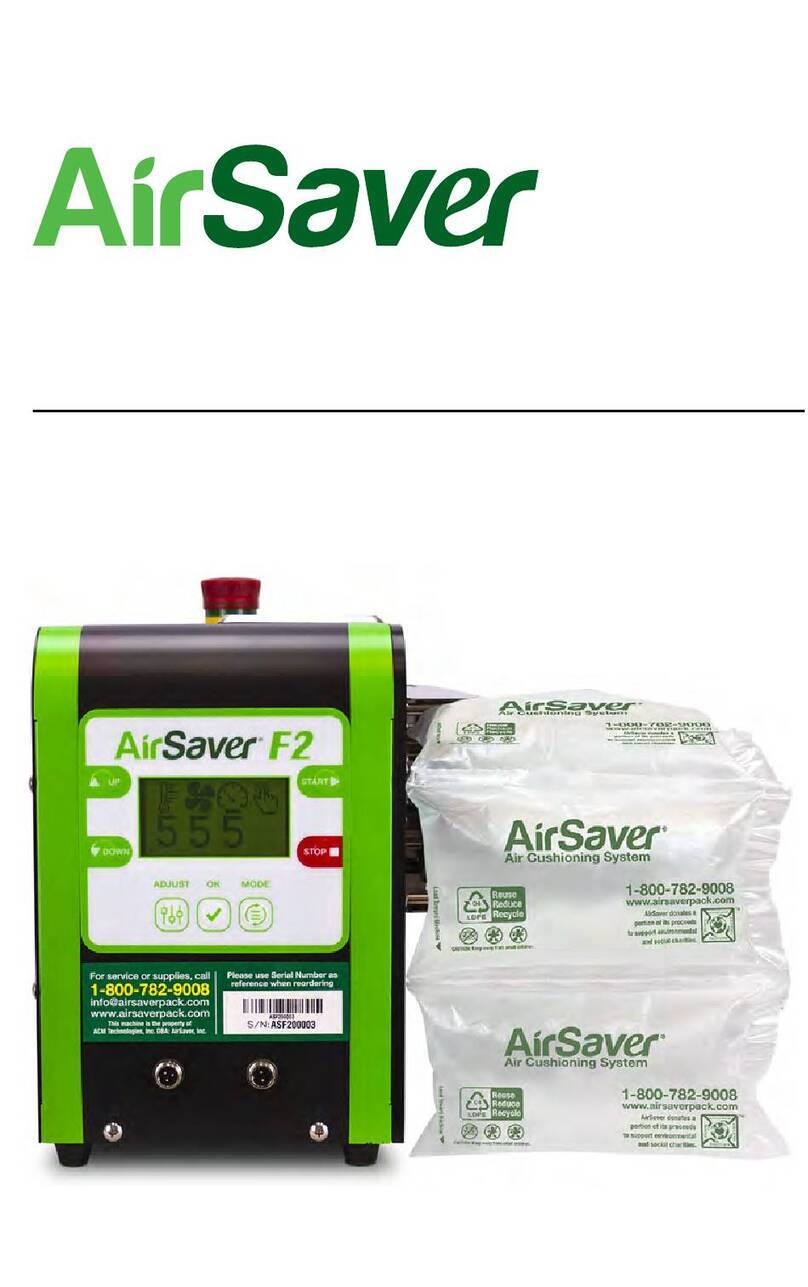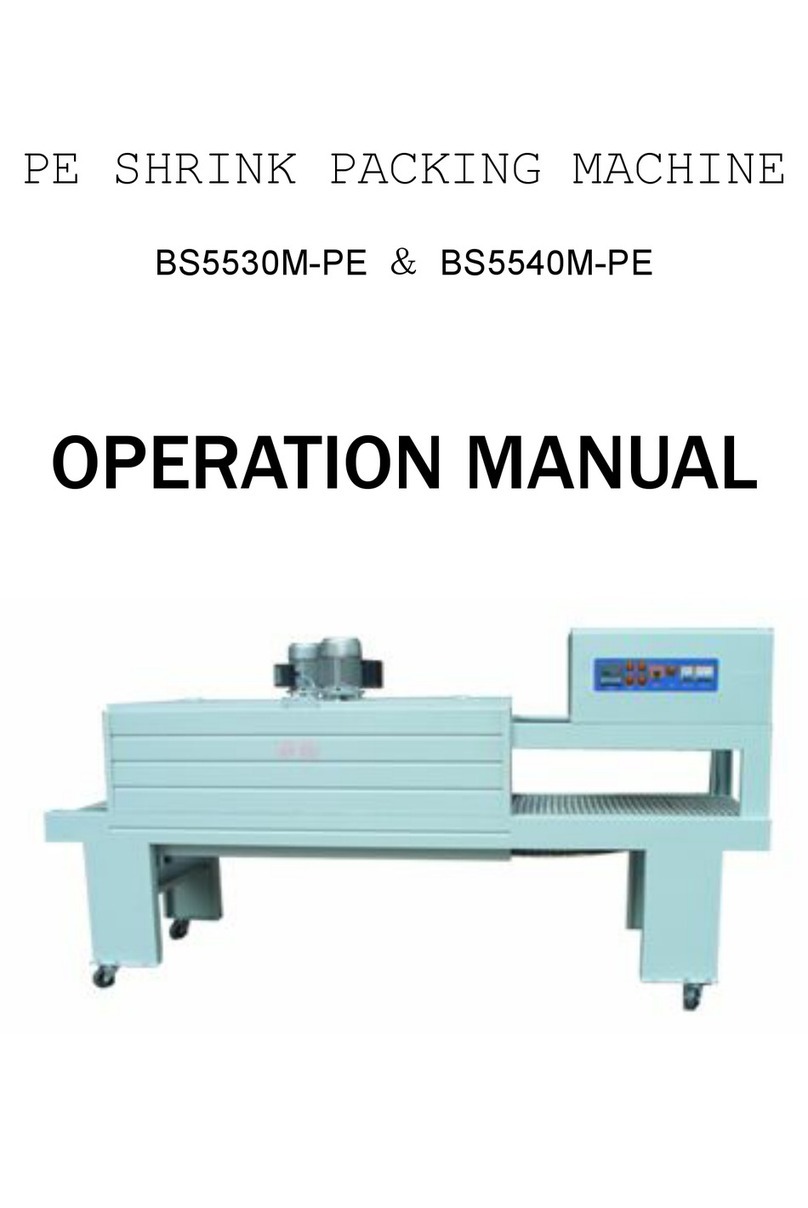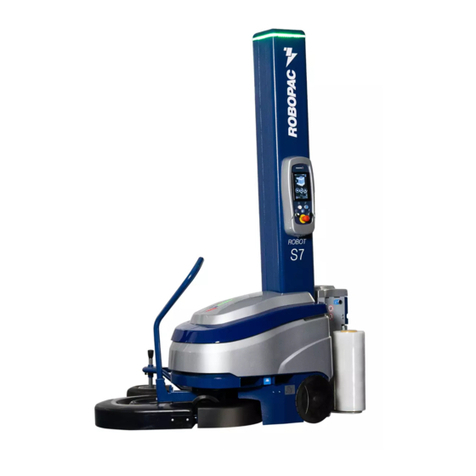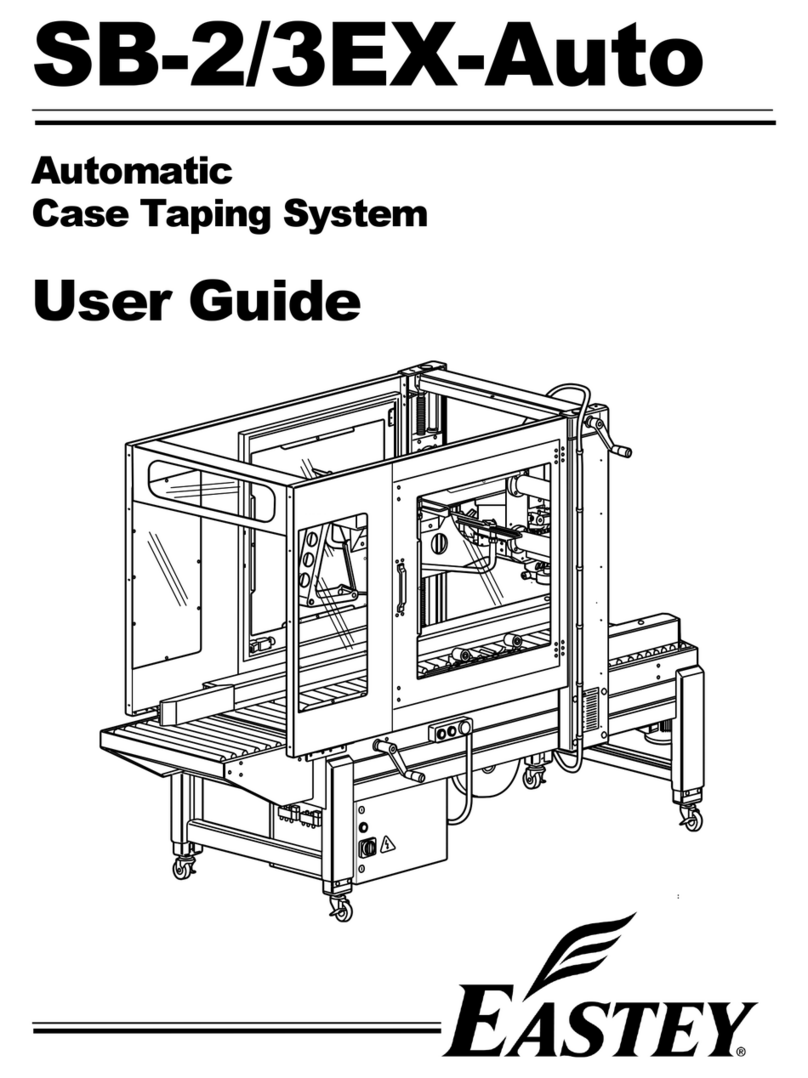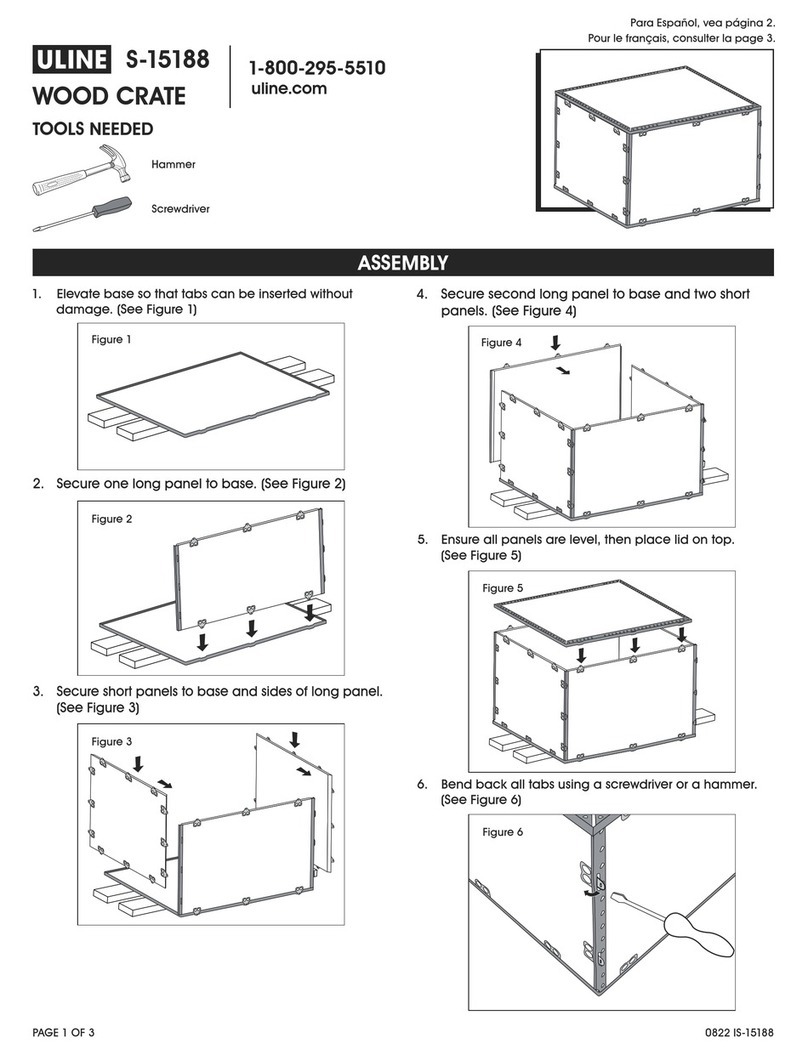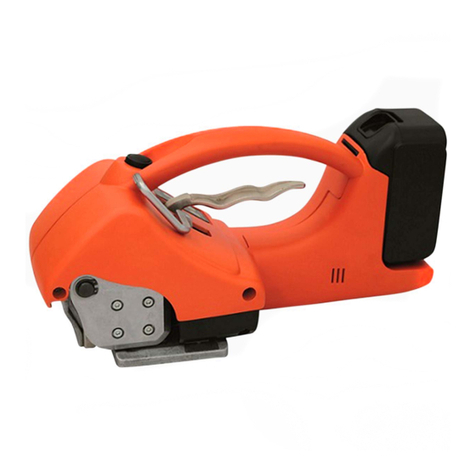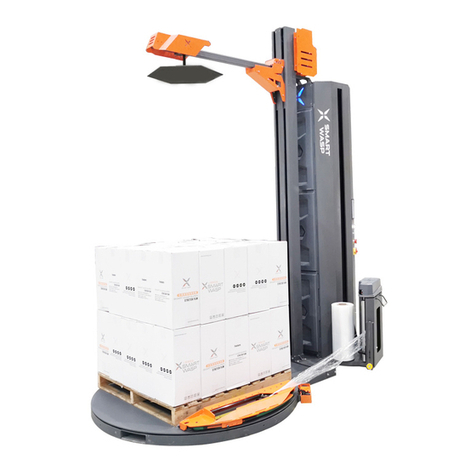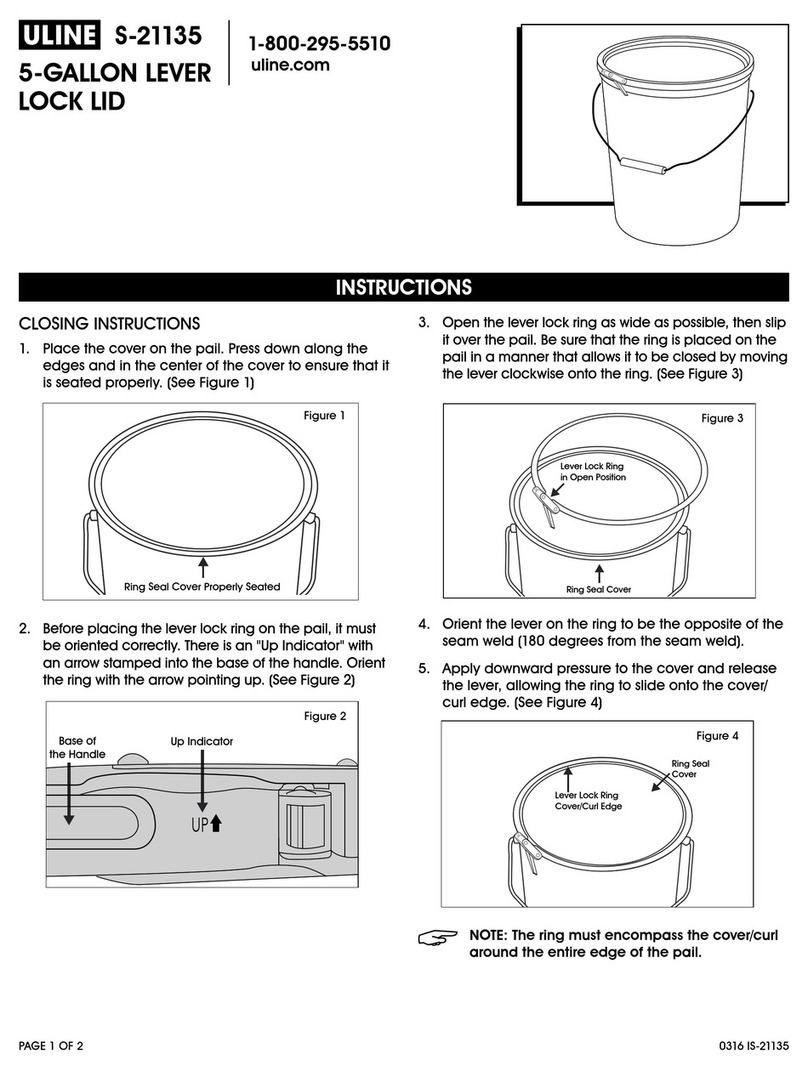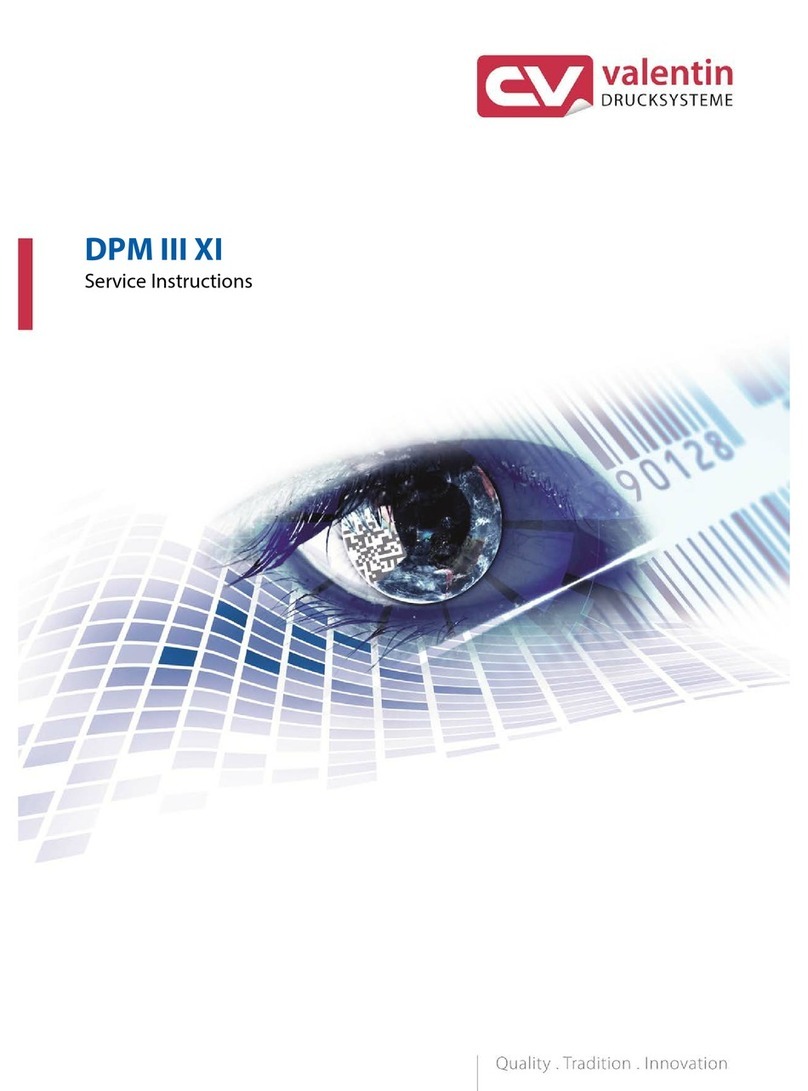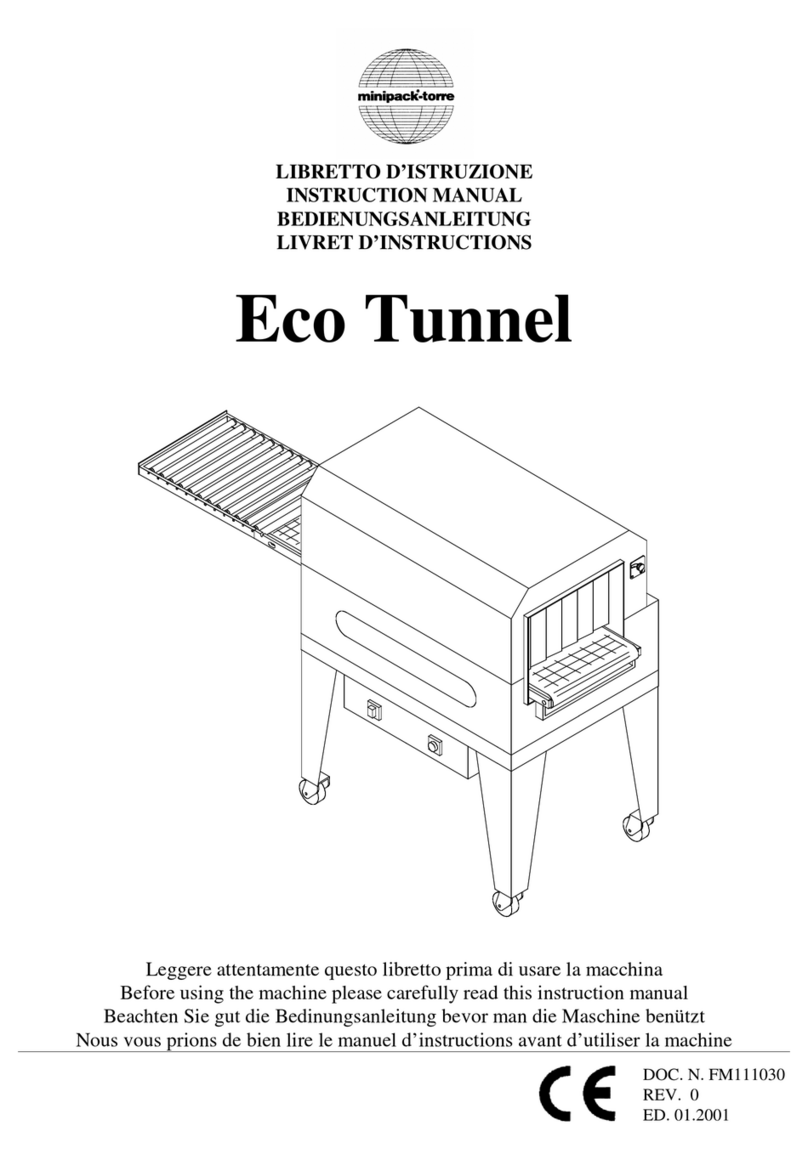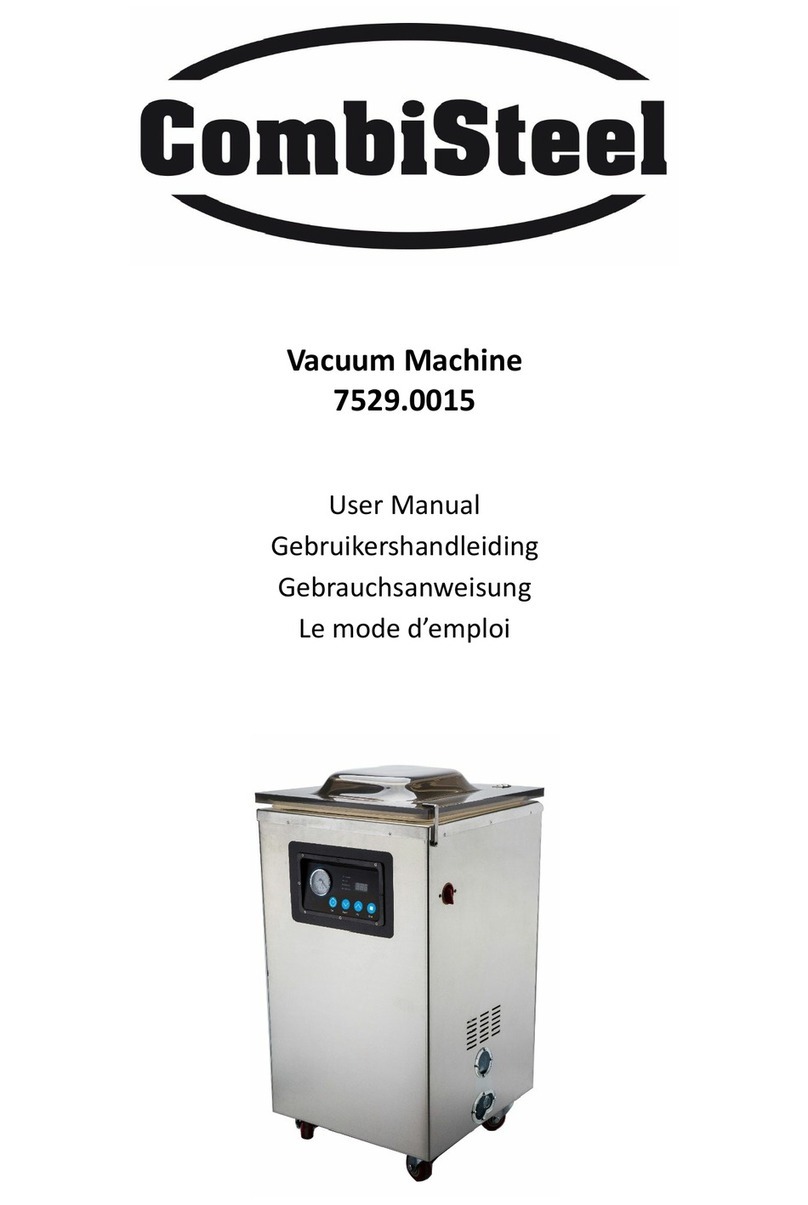
Contents
Safety ............................................................................................................................. 7
Explanation of Symbols................................................................................................. 8
Introduction ................................................................................................................... 9
SB-2/3EX-Auto Case Taper Overview .......................................................................... 9
Specifications.............................................................................................................. 10
Dimensions ................................................................................................................. 11
Installation ................................................................................................................... 13
Location Requirements ............................................................................................... 14
Optional Entrance and Exit Roller Tables.................................................................... 15
Next Steps................................................................................................................... 15
Loading the Tape Cartridges....................................................................................... 16
Check Tension ............................................................................................................ 17
Thread Tape................................................................................................................ 17
Main Spring Adjustment .............................................................................................. 19
Power.......................................................................................................................... 20
Control Panel .............................................................................................................. 21
Adjustments ................................................................................................................ 22
Air Pressure unit.......................................................................................................... 22
Height and Width Adjustment...................................................................................... 23
Top Squeezer Roller Width Adjustment....................................................................... 24
Flap Closing Guide Adjustment ................................................................................... 24
Rear Flap Closer Speed Adjustment........................................................................... 26
Belt Adjustment ........................................................................................................... 26
Machine Body Height Adjustment ............................................................................... 27
Maintenance ................................................................................................................ 28
Rollers......................................................................................................................... 28
Cutting Knives ............................................................................................................. 28
Troubleshooting .......................................................................................................... 29
Parts List...................................................................................................................... 30
Electrical...................................................................................................................... 30
Pneumatic Parts.......................................................................................................... 33
Side Belts .................................................................................................................... 35
Vertical Column with Height Adjustment...................................................................... 38
Flap Guide and Upper Tape Head Seat Assembly ...................................................... 41
Machine Body ............................................................................................................. 44
Optional Door .............................................................................................................. 46
Appendix A: Electrical Schematic ............................................................................. 49
Warranty Statement .................................................................................................... 55
Customer Support....................................................................................................... 57
